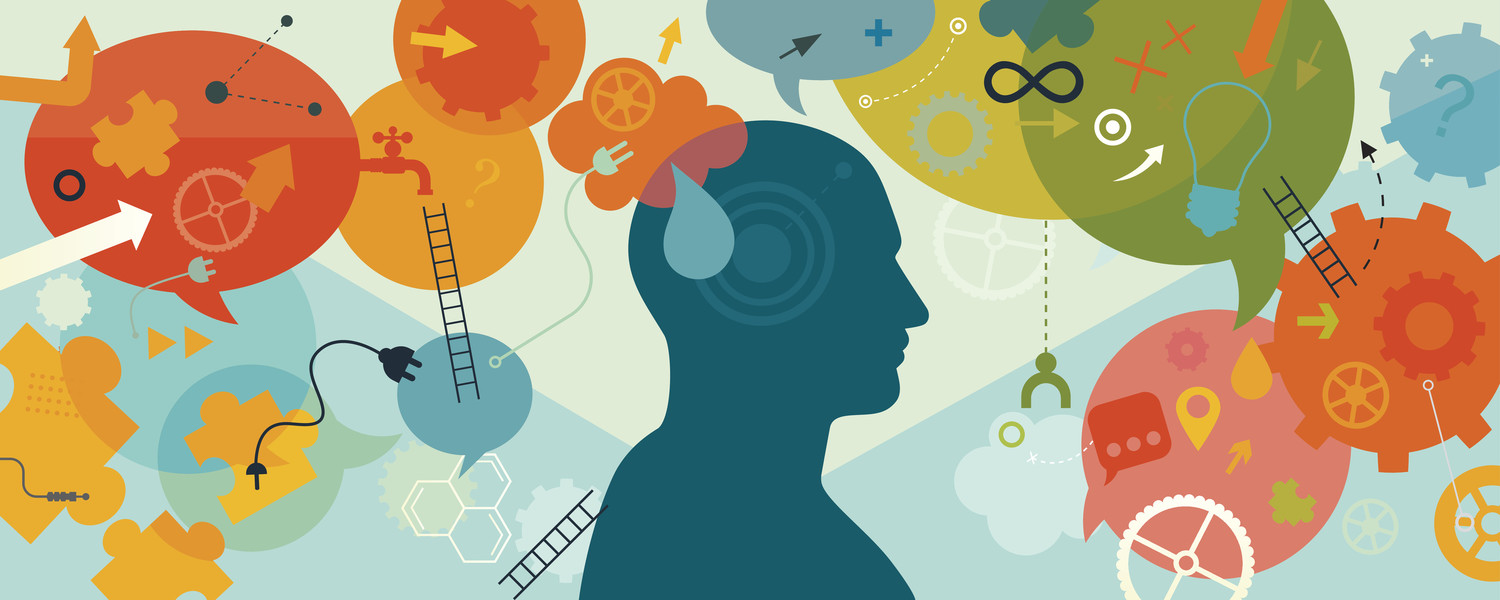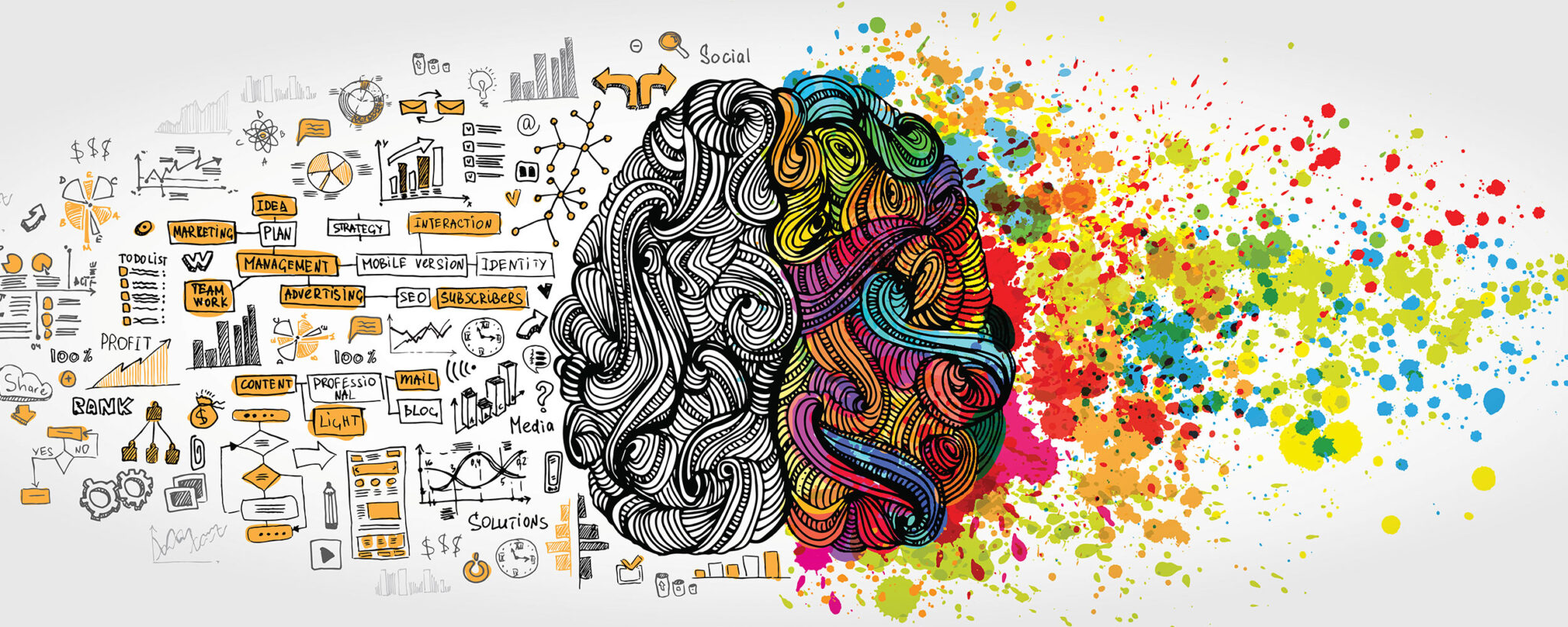
Appealing to Emotion: How Businesses Use Emotions in Marketing
Despite our efforts to defend our rational decision-making skills and the evidence and logic we use to make choices, the reality is that emotion drives most of our decisions. Whether you call it intuition, impulse, your “gut” or something else, we generally base our decisions on how we feel.
This also applies to marketing. Consumers use emotions to make brand decisions, rather than logic, and their emotional response to advertisements is more likely to inspire action than the content of the ad itself.
Let’s take a look at emotion in marketing and see how advertising that appeals to emotions is more likely to move your customers.
Emotion in Marketing
On a basic level, human emotion can be divided into four categories: happy, sad, fearful and angry. While we know there’s a much broader and more complex range of emotions we experience, all of our emotions fall into one of these four categories.
For the sake of marketing strategy, appealing to one of these four emotions makes things much easier. Here’s how these emotions can be used to connect with your audience:
- Happy: Much like the way we tend to smile when others smile around us, we want to share content that makes us happy in order to make others happy. Positive messaging also increases engagement with customers. Images of happy, smiling people interacting with each other taps into our own relationships and becomes much more relatable.
- Sad: Ads that tug at the heartstrings are just as powerful, if not more so, than happy ads, because they allow us to connect and empathize. These can range from inspirational to heartbreaking, but the common thread is that they move us in a way that inspires engagement and sharing.
- Fearful: Fear is the most primal emotion, left over from our earliest development and designed to increase our chances of survival. In a marketing setting, fear is used to create a sense of urgency and prompt action from a consumer. If you’ve ever seen an ad for a product with a countdown, this is an appeal to fear. These ads can go to an extreme that is off-putting to consumers, however, so it’s important to keep them sensitive.
- Angry: Anger is a negative emotion, but in the marketing sense, appealing to anger can prompt action. Content that causes anger at an injustice is attention-grabbing, so it’s less likely to be passed over by a consumer and is more likely to be shared.
Understanding the Customers’ Needs
Before you can use emotion appeal to your advantage, you need to understand the needs of your target audience. Polls, surveys, interviews, interests and other data can give you insight into the emotions your customers feel and the emotions that drive their decision making.
Once you know that, connecting with your customers is about more than selling your product or service, but truly empathizing with their problems and concerns and focusing on how your product addresses these concerns. With a deeper understanding of your customers’ problems, you’re in the perfect position to give them hope that your product or service is the solution.
Emotional, Not Rational, Content
As we’ve established, consumers make decisions based on emotion and not reason. If your content is taking a more rational approach to marketing your product or service, you’re unlikely to reach your customers in a real way. Offering value to your customers should always be your first and foremost concern, instead of always selling your product or service.
People aren’t inclined to buy from you just because you’ve given them the information they need about your product, especially if your competitors offer similar features and benefits. They’ll make the choice to buy because you’ve shown a real understanding of their problem and offered real-world solutions, so they believe that your product is the answer.
Emotional Connections for Brand Loyalty
Loyalty is not rational, so earning loyalty from your customer base depends on an emotional connection. Appealing to emotion makes customers take your business seriously and relate on a personal level, which keeps customers coming back again and again. This can work even if your product isn’t the best or the least expensive on the market, because people respond to brands that make them “feel good,” regardless of whether they understand why.
In this case, your product or service is now “my product” and “my service” for the customer, which keeps them loyal to your brand and spreading the word to others. If you’ve ever experienced the rivalry between two competing products, such as Pepsi and Coke, you know how powerful this can be.
Your initial marketing content is just the first step, however. This emotional connection needs to be nurtured through post-sale content and future interactions to get repeat sales and earn true brand loyalty. Keep focusing your marketing content on empathizing with your customers and tailoring your business to the customers’ expectations, and the loyalty will come.
Drive Your Business Forward with the Geary Company
Emotion in marketing has the ability to guide and persuade your target audience and inspire lifelong brand loyalty over time, especially if you can appeal to the right emotions at the right time. The heart of your message should always be not what your product or service does, but what it does for your customers and how it can improve their lives, which allows you to connect with them on an emotional level.
Emotional appeals are a powerful marketing tool, but they can easily backfire if they’re not handled delicately. If you’d like professional guidance in developing a marketing strategy that appeals to the right emotions for the right audience, Geary Company can help. Our experts specialize in many different aspects of marketing, so we can create the ideal marketing strategy for your brand’s message and help you reach your goals. Contact us today to learn more about our marketing services and see what we can do for your business!




